The world hungers for sand
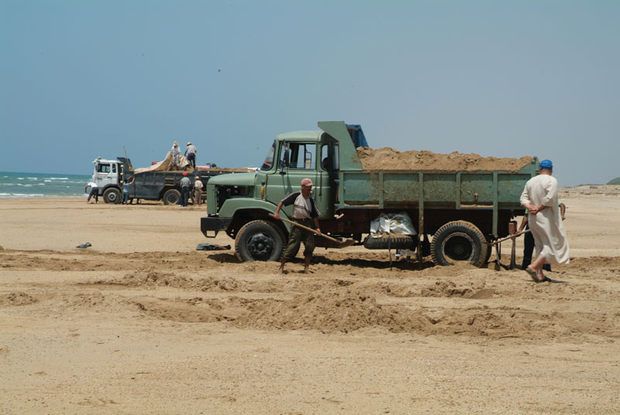
The ravenous hunger for sand worldwide was spotlighted in the 2013 documentary “Sand Wars” by French filmmaker Denis Delestrac, which warned that illegal sand mining could make beaches a thing of the past by the end of the 21st century.
Ecological roulette”: Sea creatures hitchhike across Pacific on tsunami debris
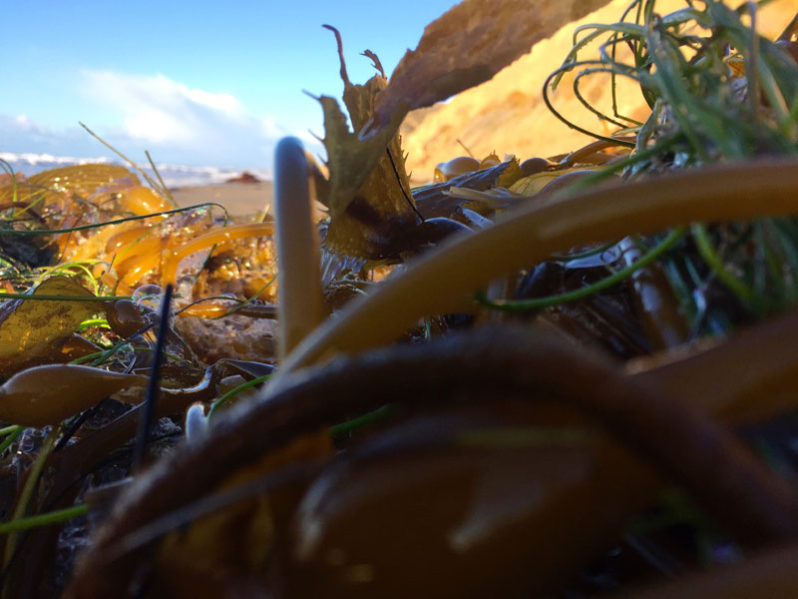
Nearly 300 species of fish, mussels and other sea critters hitchhiked across the Pacific Ocean on debris from the 2011 Japanese tsunami, washing ashore alive in the United States. It is the largest and longest marine migration ever documented.
Did rapid sea-level rise drown fossil coral reefs around Hawaii?
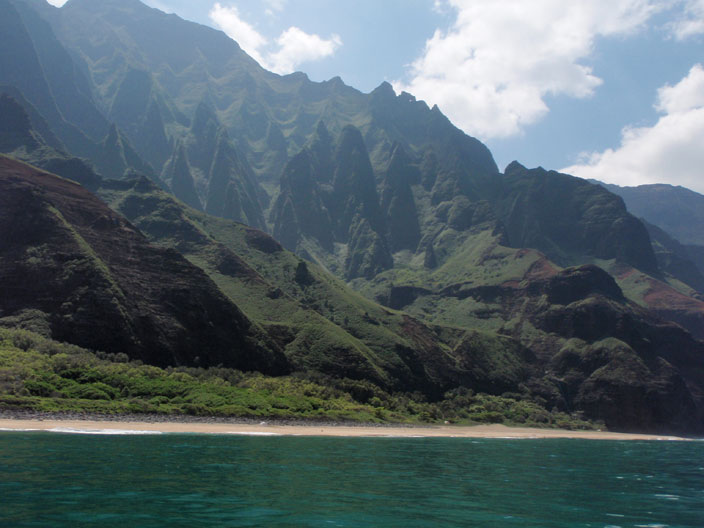
Investigations to predict changes in sea levels and their impacts on coastal systems are a step closer, as a result of a new international collaboration.
Warm waters tripled the amount of ice lost in these Antarctic glaciers — and that’s bad for sea level rise
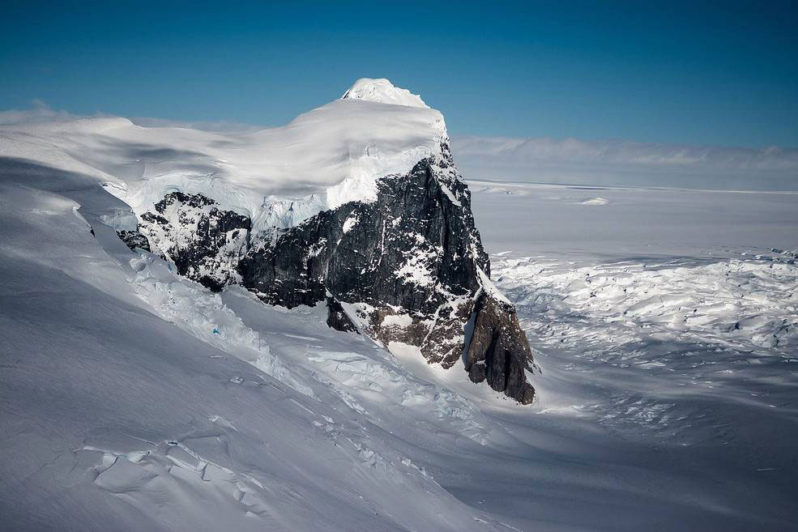
Another glacier in Western Antarctica has been cracking from the inside out, producing another massive iceberg — four and a half times the size of Manhattan — this week.
Brain damage in fish from plastic nanoparticles in water
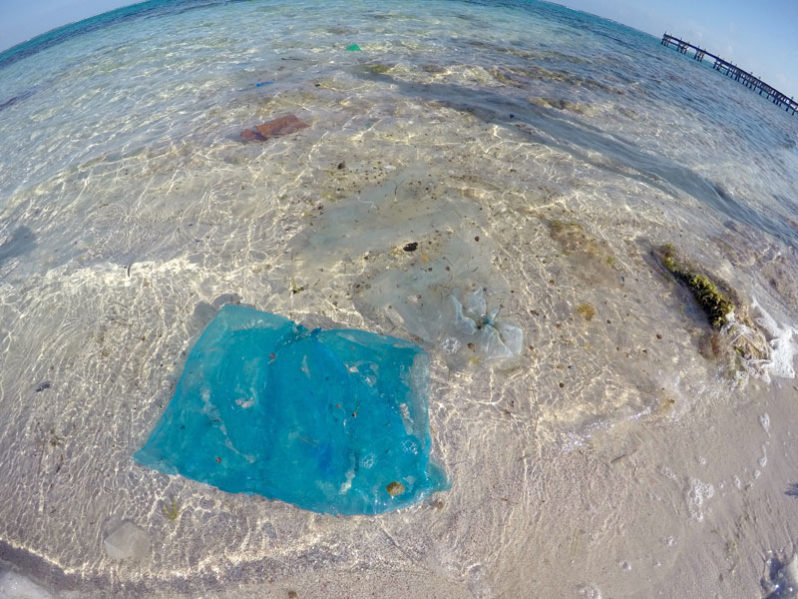
A new study shows that plastic particles in water may end up inside fish brains. The plastic can cause brain damage, which is the likely cause of behavioral disorders observed in the fish.
Florida without its beaches: Seawall dooms state oceanfronts, By Robert Young

The Florida Department of Environmental Protection issued an emergency authorization last week that will allow individual property owners in a portion of St. Johns County to build new seawalls without the typical engineering and scientific analysis. This is a terrible mistake for the communities impacted. It is poor coastal management.
Why this hurricane season has been so catastrophic
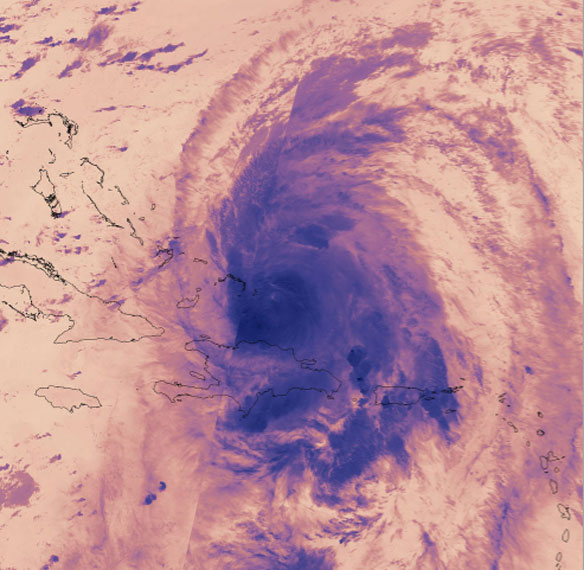
After Harvey, Irma, and Maria, a look at why this hurricane season has been so active.
What happens to marine wildlife during hurricanes?
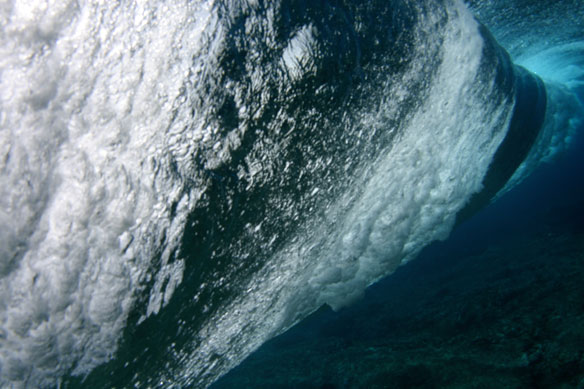
Hurricanes are incredibly powerful storms that wreak havoc on marine and coastal ecosystems as they work their way from deeper water toward land. The force of the storm churns up water, mixing warmer water at the surface with cooler water from farther down the water column. In all this churning, what happens to the wildlife living in the storm-tossed waters?
Mathematics predicts a sixth mass extinction
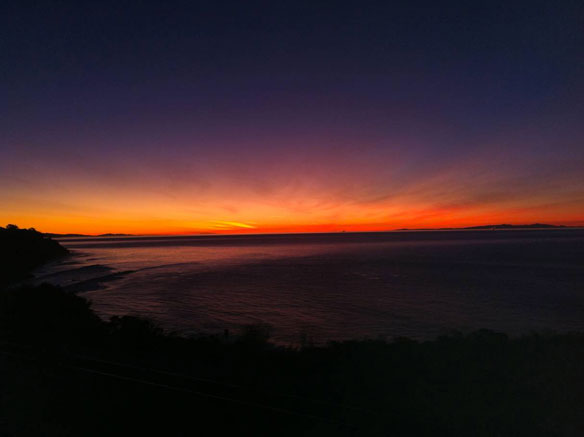
MIT scientists have analyzed significant changes in the carbon cycle over the last 540 million years, including the five mass extinction events. They have identified ‘thresholds of catastrophe’ in the carbon cycle that, if exceeded, would lead to an unstable environment, and ultimately, mass extinction.
